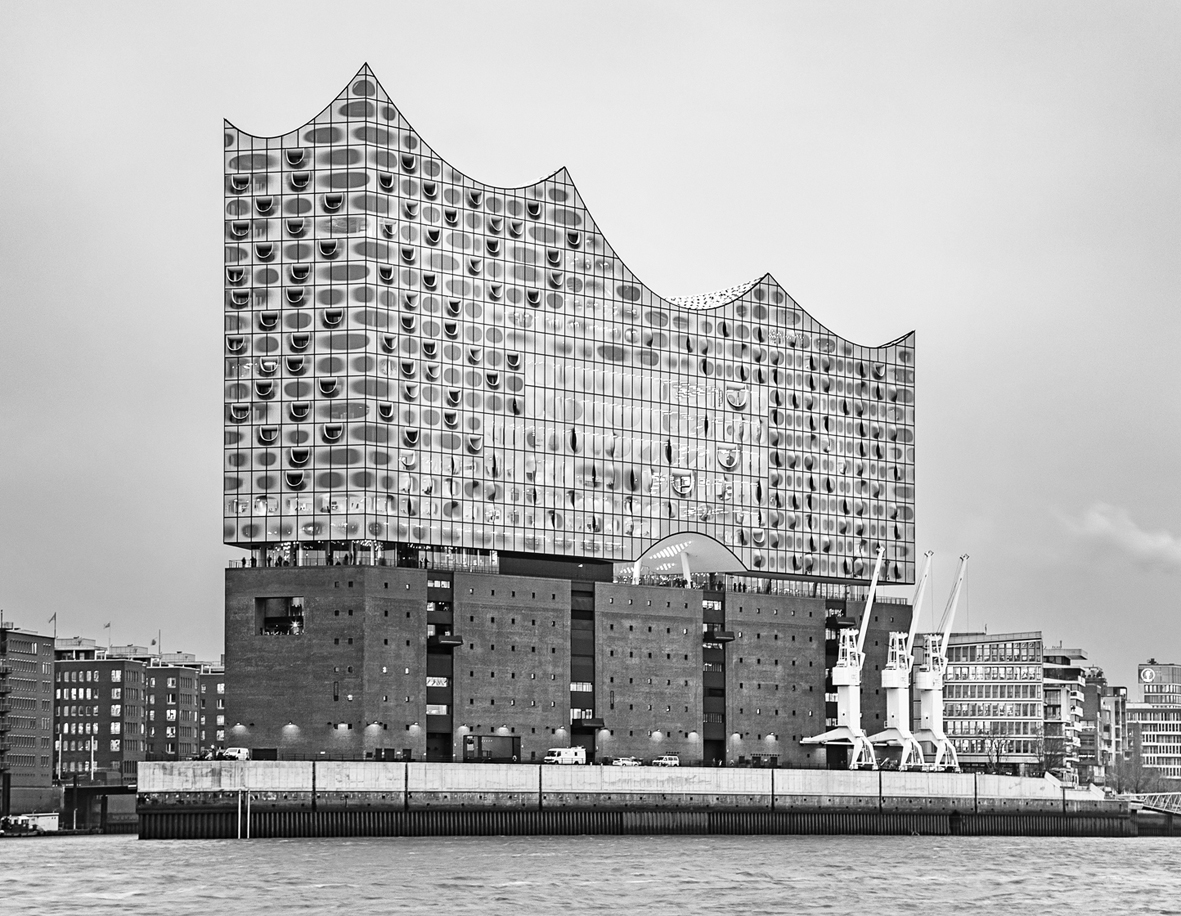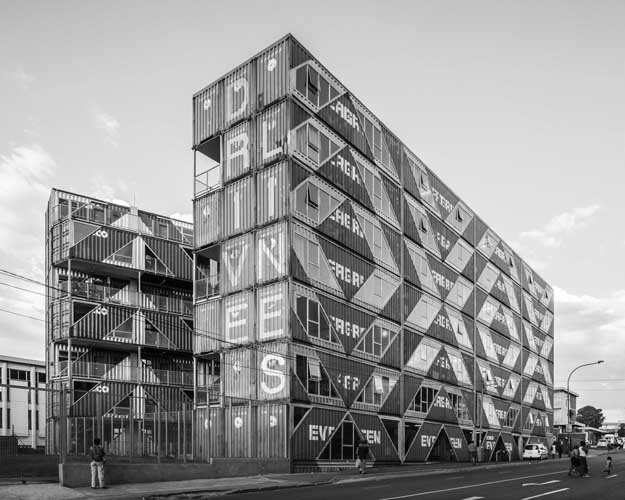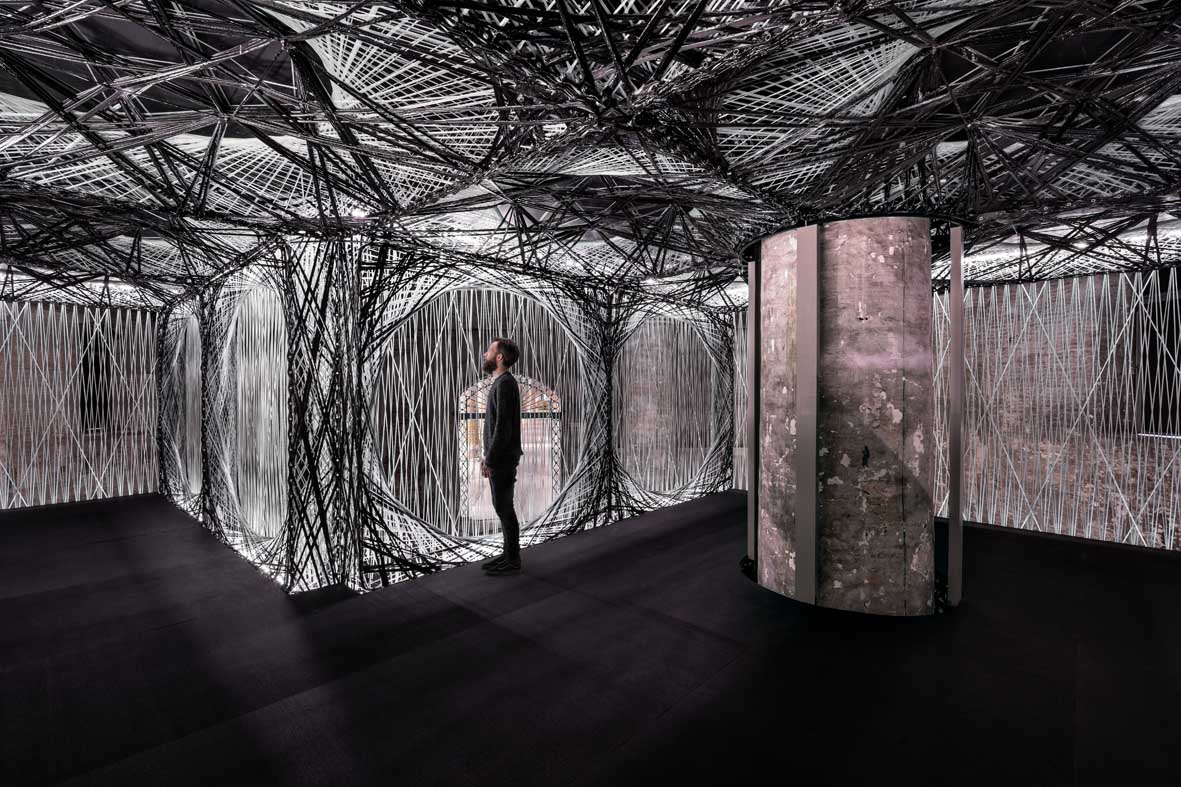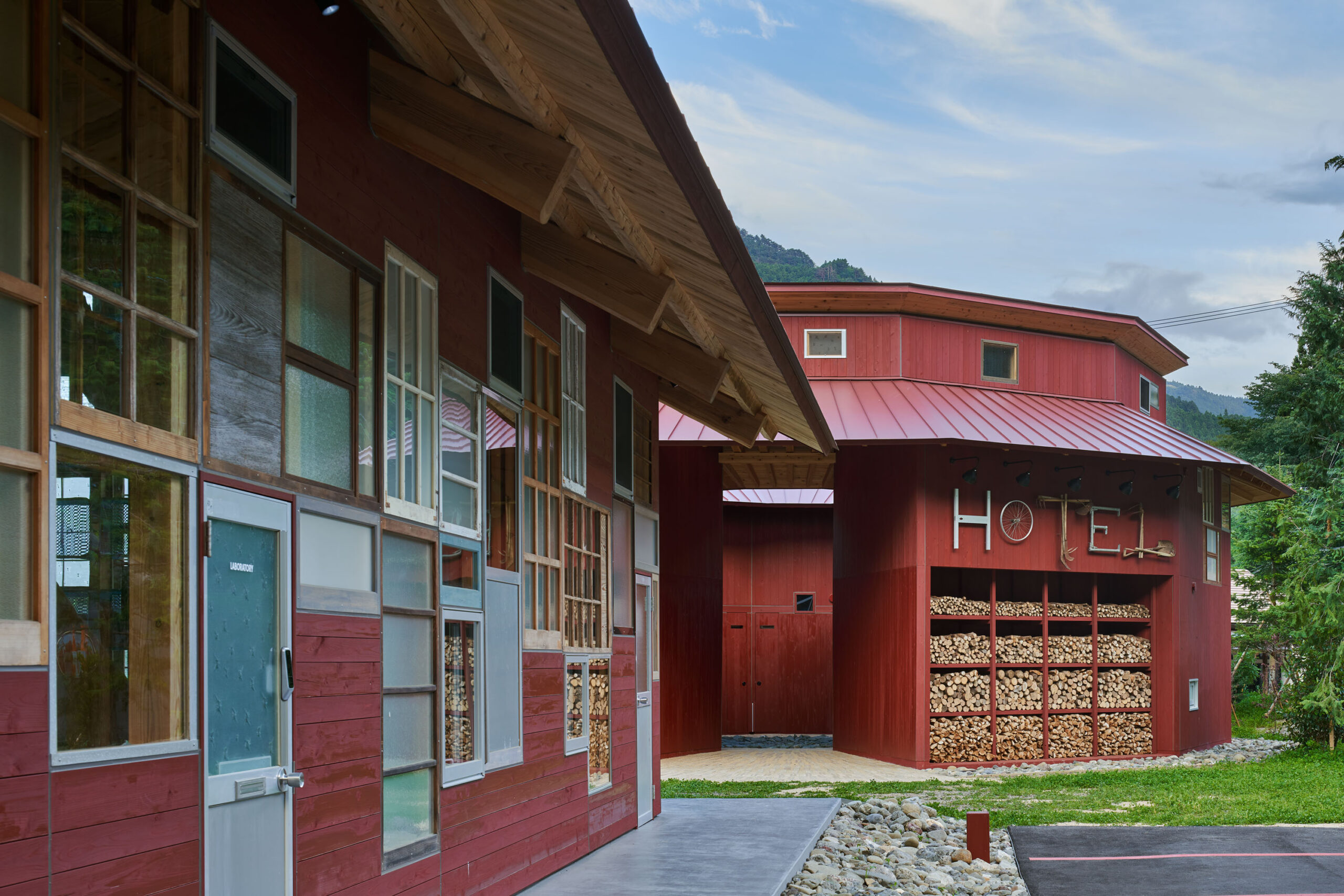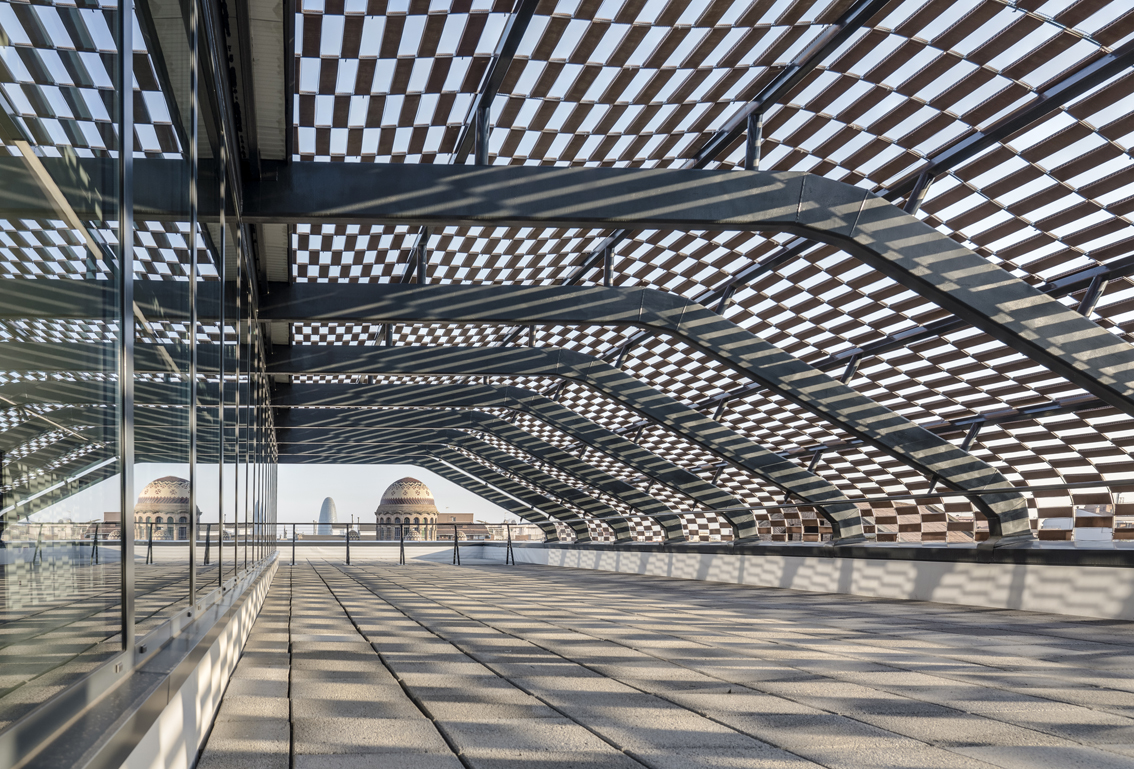ARCHITECTURE AND CONSTRUCTION. PATHS OF INNOVATION AND SUSTAINABILITY
introduction
Raffaella Lione, Fabio Minutoli
Sustainability and innovation are nowadays the most used – and very often abused – terms to describe the performance requirements of any object, action or product, in various fields.
It seems that one can hope for any operation and venture to be realized only if it is enveloped by the aura of sustainability, which has now become a universal keyword that encompasses different areas, such as environment, economy and society, considered in a synergetic and systemic relationship. This is proven by the 2030 Agenda, with its 17 Sustainable Development Goals, aimed at ending poverty, fighting inequality and climate change, and building pacific societies that respect human rights. The building sector (residential and tertiary) is part of this perspective, as it is most highly involved in energy consumption and in construction and demolition waste production; this leads to the need for models to guarantee energy efficiency and a limited environmental impact through sustainable technological innovation or the implementation of traditional techniques.
Likewise, it seems that things can exist only if they are innovative. The term “innovative” is preferred to “new” because it sounds less demanding and disruptive; hence, it is more inclusive, as it allows encompassing already-known objects and materials that have received a modification, making them different and improving the previous condition.

